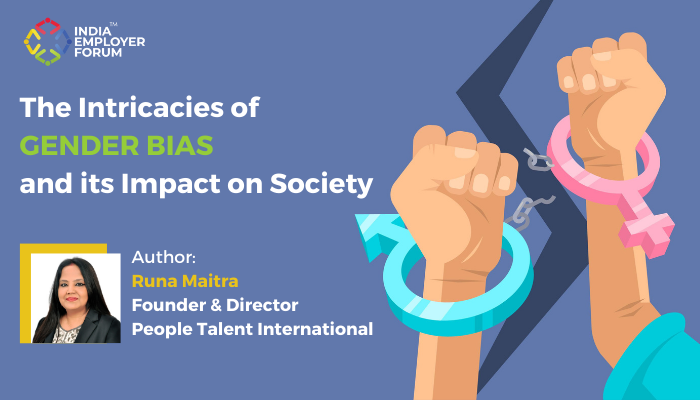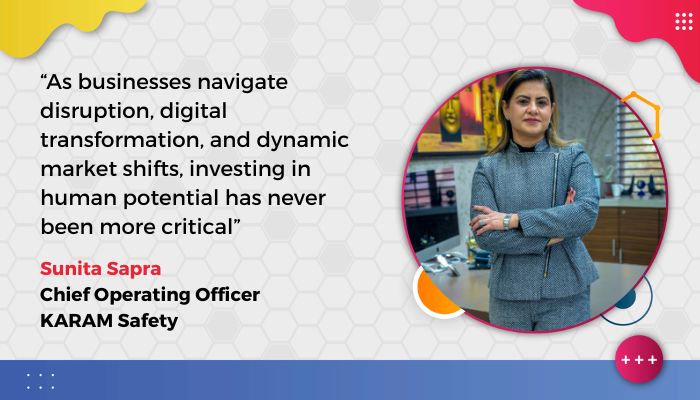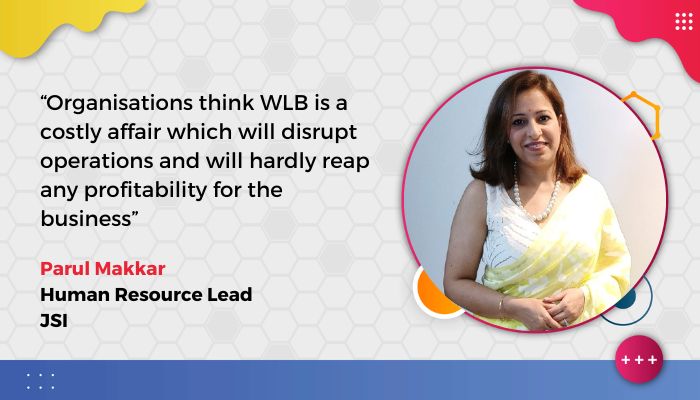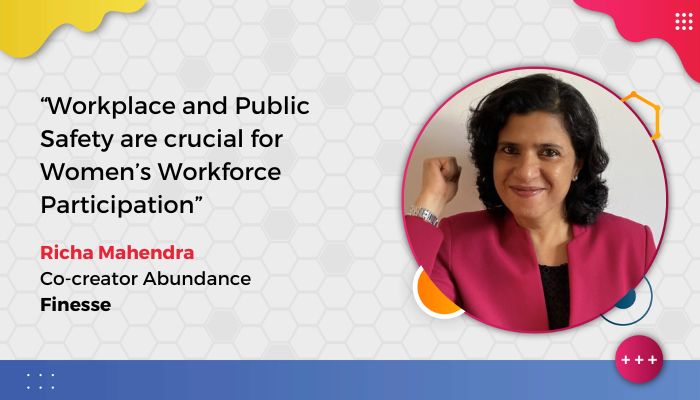Jeopardising employment and growth prospects of women can undermine human progress
Despite holding a majority in the rapidly expanding world population of 8 billion, not much has changed for women in the 21st century. Although human civilizations have traversed an amazing path of growth and technological advancement, much needs to be achieved with respect to creating an equitable society for women. Women account for 47.7% of the global workforce yet only 27.1% of women are seen in the top-management of companies. Despite our ascent as a society, several women struggle to secure basic rights for education, wage parity, health and child support. Two decades into the 21st Century, it is high time to adopt a systematic approach towards alleviating gender bias by implementing supportive laws, acknowledging the need for women participation in the economy and empowering them to break the glass ceilings that restrict their inherent potential.
Broad steps for women’s justice: A necessity for Gender Equality
Most countries across the world have policies which make it harder for women to work. According to the sources of World Bank, there are 104 economies with labour laws that restrict the types of jobs women can undertake, as well as when and where they are permitted to work. In 18 countries, husbands have the legal right to prevent their wives from working, while four countries prohibit women from registering a company. 606 million highly educated women worldwide provide unpaid care on a full-time basis. Estimates indicate that this affects the employment choices of 2.7 billion women. In addition, in 123 countries there are no laws to stop sexual harassment in education, and 59 countries don’t legislate against sexual harassment at the workplace. Only 184 countries in the world provide maternity leave while the rest are still struggling with accepting maternity leave as a norm. The end of the constitutional right to abortion in the US has been a major blow against women in the workforce. We must work towards repealing such discriminatory laws which limit justice for women. It is also necessary to adopt legal reforms and provide tailored support as part of a broader multi-sectoral response. Finally we must ensure equal representation of women in decision making in all spheres of operation.
Deciding whether and when to have a child is focal to a woman’s economic well-being. Far too often, dialogues about reproductive justice, reproductive rights and access to reproductive health care are considered special interest matters in political debates but separated from a broader policy agenda aimed at economic empowerment. Phrases such as ‘women’s empowerment’, ‘gender equality’ are often deployed rhetorically by policymakers without any real commitment to concrete actions that help women forward. Concerted and creative new solutions are needed to help women leverage new opportunities else, they may fall behind in the World of Work.
Empowering women is smart economics
Closing the gender gap in the workforce could add a staggering $28 trillion to the global GDP. Both advanced and developing countries concede that women participation in the labour force can increase their economic growth even without full parity. However, despite these estimations, sixteen million girls will never set foot in a classroom. Women account for two-thirds of all adults without basic literacy skills. Education at the secondary level and beyond is critical to preparing women for the workforce. Equipping women with professional and technical skills is the key to making them equal partners in society. They will then be in a position to make a difference in all aspects of development be it education, manufacturing, business, legal systems, healthcare or social services.
Equal gender representation is the key to a healthy and cohesive work environment. Women do not approach the process of job hunting the same way as men. Hiring women employees is quite different from hiring men as women seek flexibility and benefits other than monetary considerations such as a safe, gender-inclusive space. Companies need to anticipate their concerns and invest in the infrastructure and resources to attract women candidates. These will be key attributes to designing inclusive recruitment policies.
Break the glass ceiling by offering career advancement opportunities
Women and men start the job race at the same time, but there is a drastic difference in the pace of growth. Career breaks in the initial stages of their professional career restrict women from reaching topmost positions in companies. Employers can leverage these career breaks of women to extend learning and development opportunities, which will help them catch up and climb the career ladder. The cost of training and development may be high and it may take time, but the RoI on the right female candidates will reap rich dividends in the long term.
Amartya Sen’s ‘missing women’ and ‘gender and cooperative conflict’ represented in his capability approach emphasises that ‘an individual’s true well-being includes the freedom to choose opportunities and function accordingly’. Therefore, it is time we consider freedom in terms of expanding capabilities to help women achieve their full potential. As Martin Luther King Jr. rightly said “human progress is neither automatic nor inevitable, it requires the tireless exertions and passionate concern of dedicated individuals’. So, it is in the interest of society as a whole to expand the capabilities of girls and women.
Author: Runa Maitra, Founder & Director, People Talent International
You might also be interested to read: How Regulatory Technology is Transforming Compliance for Employers






